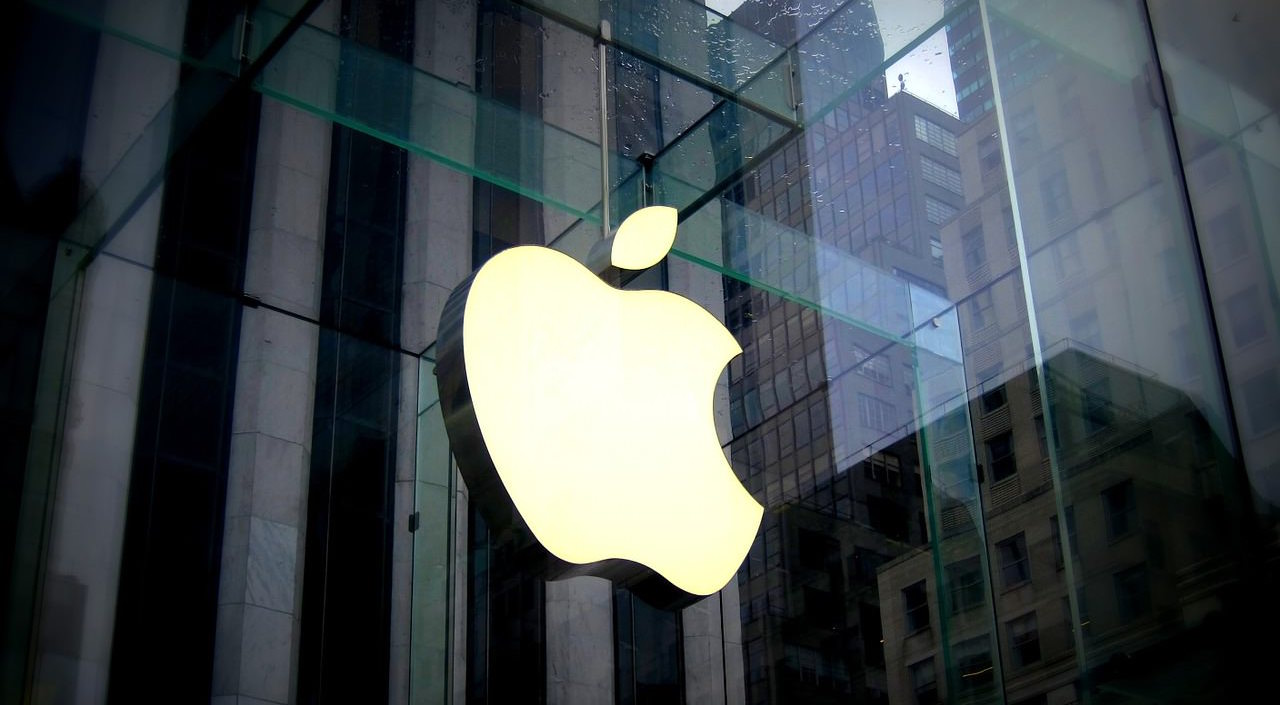In 2023, Bank of America analyst Michael Hartnett coined the term "The Magnificent Seven" to describe seven companies that dominate the market due to their technological innovation, market leadership, and substantial influence on consumer behavior and economic trends. These companies—Alphabet (GOOG), Amazon (AMZN), Apple (AAPL), Meta Platforms (META), Microsoft (MSFT), NVIDIA (NVDA), and Tesla (TSLA)—are not only leaders in their respective sectors but also wield significant power in the stock market, impacting broad-based mutual funds and ETFs that include them in their portfolios. Given the weight these companies carry in the market, we will dedicate the next several issues of the Daily Stock Report to a detailed examination of each of the Magnificent Seven. Our goal is to analyze what their performance can tell us about the overall health of the market, particularly for the remainder of 2024 and into 2025.
We’ll begin with Apple, currently the world’s largest company by market capitalization, the largest manufacturing company by revenue, and the leading global vendor of tablets and mobile phones. Apple made history in 2018 when it became the first publicly traded U.S. company to surpass a $1 trillion valuation, and it is now valued at over $3 trillion. In this report, we will analyze Apple’s performance relative to various benchmarks, including the broad S&P 100 and NASDAQ 100 indexes, the Roundhill Magnificent Seven ETF (MAGS), and other asset classes using SIA SMAX scoring. This analysis will provide us with a comprehensive view of Apple’s standing in the market and help predict its future trajectory over the next 6 to 18 months.
To gain a clearer picture of Apple’s relative strength, we will compare its performance to that of the other members of the Magnificent Seven through the Roundhill Magnificent Seven ETF and benchmark it against other major market indexes. The first table offers a relative strength matrix comparing the seven mega-cap stocks, along with the Roundhill Magnificent Seven ETF, iShares S&P 100 ETF (OEF), and Invesco NASDAQ Trust (QQQ). Notably, NVIDIA has led the group with a remarkable 199% year-to-date gain, while Tesla follows with a 32% gain—31% of which occurred in just the past week (as highlighted in the Tesla Daily Stock Report from Nov 4th). It’s important to distinguish between absolute performance and relative performance, as the table organizes the data by relative performance rather than strictly by returns.
The SIA platform utilizes millions of comparisons across all market stocks, providing forward-looking actionable insights based on a comprehensive analysis of shifting market conditions. While many may focus on past performance, the strength of the SIA platform lies in its ability to predict where these stocks may potentially be headed in the future, using data that a human analyst would find nearly impossible to process in real-time.
The first chart we’ll look at compares Apple’s stock performance (AAPL) to the Roundhill Magnificent Seven ETF (MAGS) over the past 18 months, scaled at 0.5%. This chart reveals that Apple underperformed the MAGS ETF for much of 2023 but began to outperform it starting in April 2024, pushing toward the trend line. However, by September 2024, Apple once again lagged behind the other members of the Magnificent Seven, with a marked decline in relative performance. Specifically, the comparison chart dropped from a score of 47 to 42, representing a more than 10% relative underperformance. In terms of raw returns, Apple’s stock price fell by -1.31% in September, while the MAGS ETF surged 10.96%, further widening the gap. Over the past three months, Apple saw a modest 3.19% gain, while MAGS returned 22.53%, a significant 19.34% difference. Even year-to-date, Apple’s 17.05% gain is far behind the MAGS ETF’s impressive 55.90%, and when benchmarked against the broader market, Apple lags even further—iShares S&P 100 (OEF) gained 30.55%, and the Invesco NASDAQ Trust (QQQ) returned 25.79%. While Apple’s point-and-figure chart shows a generally upward-sloping trend, the SIA relative strength overlays reveal the stark difference in performance when compared to both the broader market and the other Magnificent Seven stocks. What becomes clear is that, although Apple’s stock price didn’t decline significantly, it failed to participate in the broader market rally experienced by its peers. This relative underperformance raises questions about Apple's ability to keep pace with the growth of other high-flying tech stocks. Moreover, Apple’s movement into the "Neutral Zone" on the SIA S&P 100 Index—after briefly entering the "Favored Zone" earlier in 2024—signals caution. Adding to this, Warren Buffett’s ongoing decision to sell off portions of Berkshire Hathaway’s Apple holdings (up to 70% since the end of 2023) suggests a shift in sentiment. Perhaps Buffett, with his long-term value focus, sees something others may have missed—leading some to wonder if Apple’s growth story might be losing its shine.
Disclaimer: SIACharts Inc. specifically represents that it does not give investment advice or advocate the purchase or sale of any security or investment whatsoever. This information has been prepared without regard to any particular investors investment objectives, financial situation, and needs. None of the information contained in this document constitutes an offer to sell or the solicitation of an offer to buy any security or other investment or an offer to provide investment services of any kind. As such, advisors and their clients should not act on any recommendation (express or implied) or information in this report without obtaining specific advice in relation to their accounts and should not rely on information herein as the primary basis for their investment decisions. Information contained herein is based on data obtained from recognized statistical services, issuer reports or communications, or other sources, believed to be reliable. SIACharts Inc. nor its third party content providers make any representations or warranties or take any responsibility as to the accuracy or completeness of any recommendation or information contained herein and shall not be liable for any errors, inaccuracies or delays in content, or for any actions taken in reliance thereon. Any statements nonfactual in nature constitute only current opinions, which are subject to change without notice.
















